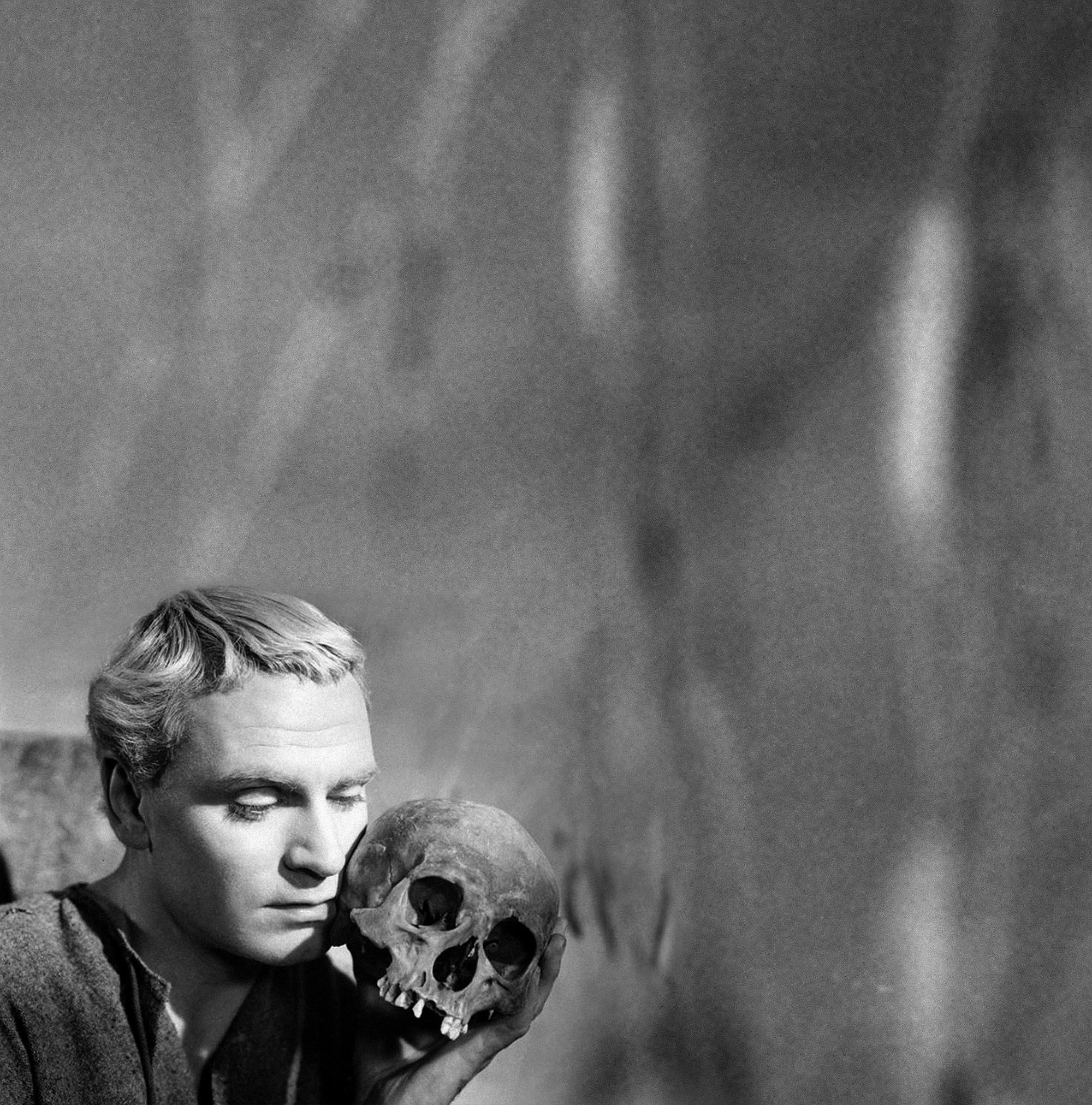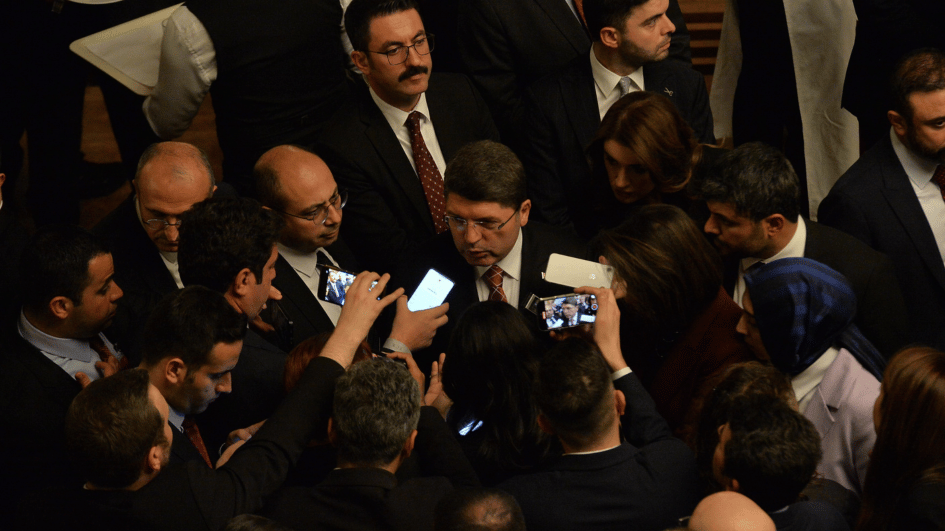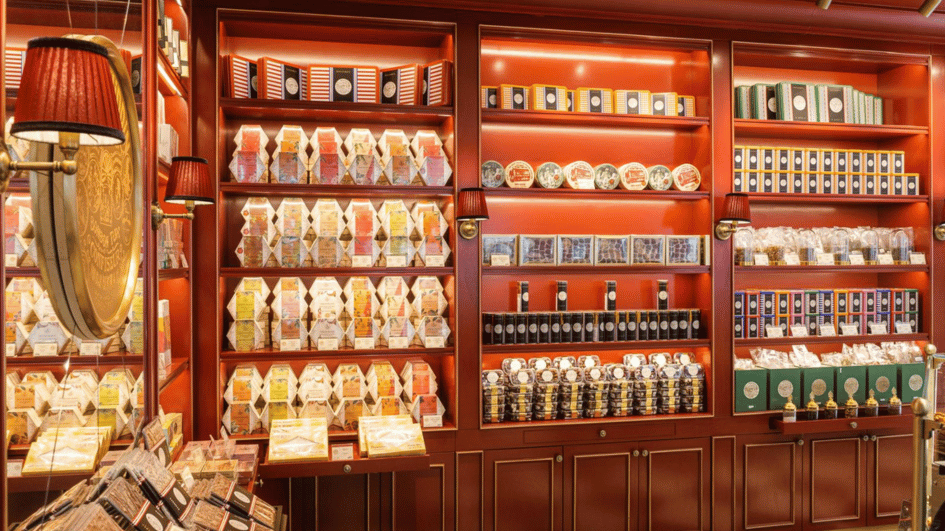A different view on Hatay’s skeleton mosaic
Özgen Acar
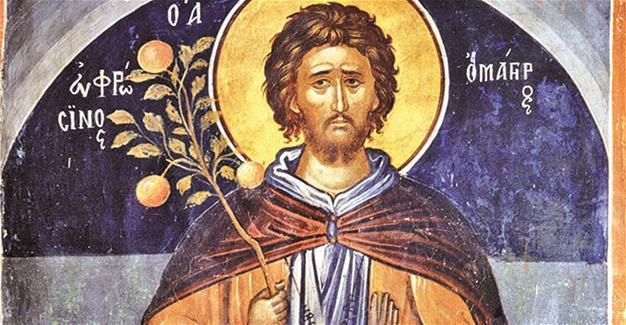 Just as the “Gypsy Girl (Maeaned)” mosaic has become the symbol of Gaziantep, “the skeleton mosaic” seems likely to become the symbol of Hatay. The mosaic has become an extraordinary issue in Turkey and around the world.
Just as the “Gypsy Girl (Maeaned)” mosaic has become the symbol of Gaziantep, “the skeleton mosaic” seems likely to become the symbol of Hatay. The mosaic has become an extraordinary issue in Turkey and around the world. Archaeologist Bülent Demir unearthed the skeleton mosaic in 2013 during the construction of a teleferic in the İplik Pazarı area. Since then, I have seen “accurate or inaccurate” articles about this mosaic. I don’t know if the excavation team said something wrong or the media got it wrong, but the mosaic does not date back to the Hellenistic era in the third century B.C. Instead, it hails from the Roman era in the third century A.D.
Decorating the dining room of a house, the mosaic is made up of three parts. From right to left, the first two “white” sections symbolize “life,” while the third “black” section symbolizes the “other world.” (Picture 1)
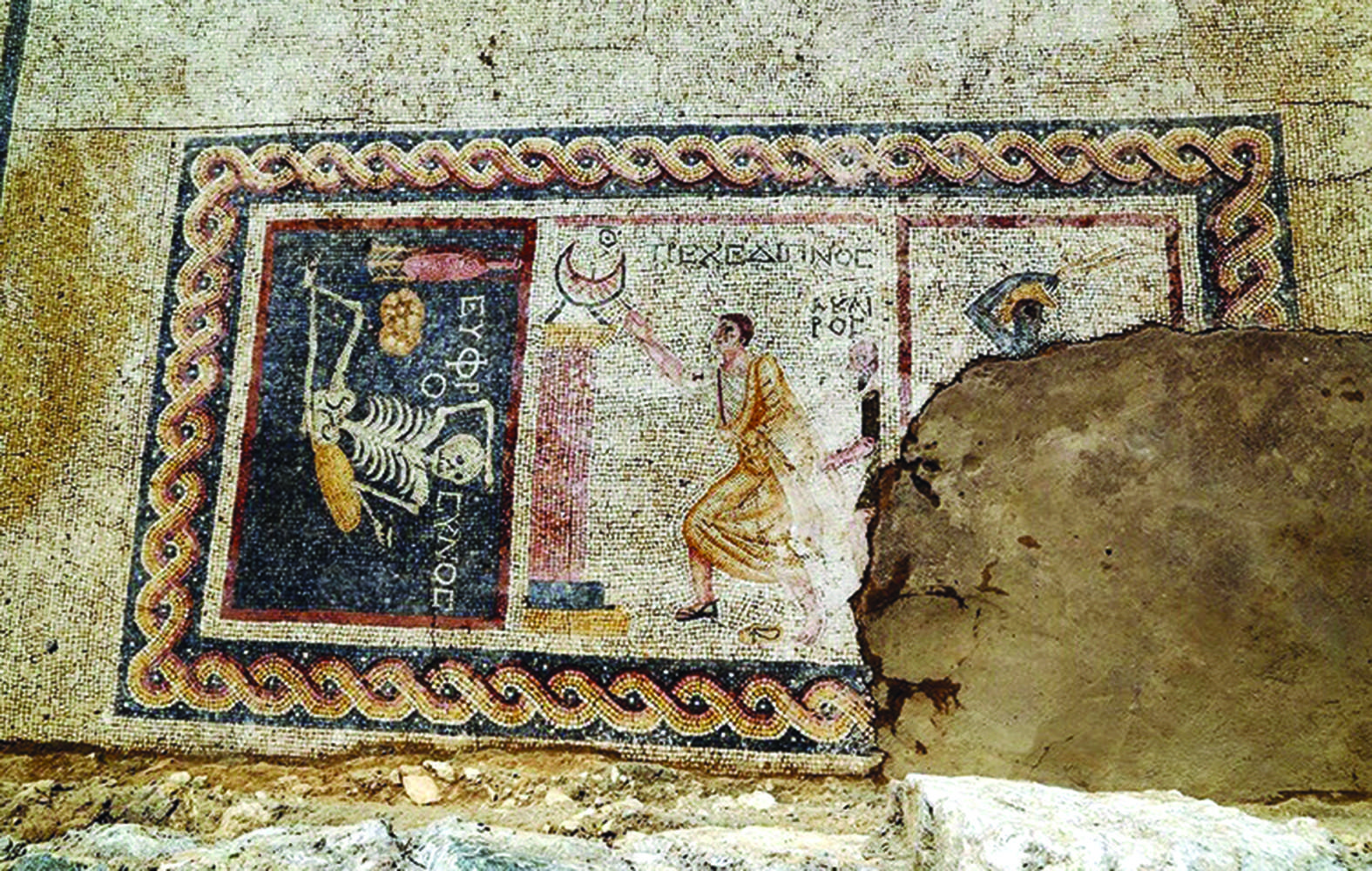
1st section:
The first section on the right is not complete. According to the archaeologists who participated in the excavations, a black man is shoveling fire to warm up a bath. The bath portion might have remained under the ruins.
2nd section:
There is a sundial on a base in front of a young man who dropped one of his sandals while running in a hurry; behind is a hairless old man, who is his servant or slave. “Trekhedipnos” is written in Greek over the young man’s head and “akairos” over the old man’s head.
Let’s start with the sundial. An archaeologist from the excavations, museum officials and even academics have written that the young man was running to a “wine festivity,” which was called a “symposion” by Greeks and “modioli” by Romans, between the hours of 9 and 10 a.m. Those who said it was 9 or 10 at night should be asked, “Which sundial, including the one in Hatay, can show the time in the dark?”
“Trekhe-dipnos” is an adjective clause and the word “dipnos” is derived from the ancient Greek work “deipnos,” meaning “food festivity,” while “trekhe” is derived from the word “to run.” Greek historian Plutarkhos (from the first and second century A.D.) used this word with the meaning “the one who runs to the festivity because he is late.”
In the third of his famous letters, the Roman poet and philosopher Alciphron (fourth century A.D.) mentions that the word “trekhedipnos” means that the person adjusts the sundial in his own way in order to catch the festivity.
In the Hatay mosaic, this phenomenon is seen in the young man whose right hand reaches out toward the clock. Seven centuries after the philosopher Alciphron, this scene is still seen in the skeleton mosaic. “The mosaic is not the house of the rich but an almshouse that distributes soup to the poor,” one excavation official said. If this is the case, why is the noble man running, but not his servant?
As for the word “akarios,” it says the old man is “late.”
“Hora decima (10 o’clock)” in the Roman-era clock system might be about 4 p.m. today. The main dish “cena,” which was eaten after the work day in the late Roman imperial period, starts in the afternoon. Those who are running must be trying to catch the “cena.”
3rd section:
In this part, which is the focal point of the mosaic reflecting the “unknown (the other world),” as a joke, a skeleton seems to be drinking “halal wine…” in Paradise!
Next to the skeleton, which is leaning on a pillow and holding a wine bowl, is a bottle of wine, two loaves of bread and the Greek word “euphrosynos.”
An excavation official had told the media that a mosaic with the message, “be cheerful, live your life” was found. But nowhere in the mosaic can one see the message “live your life.” The skeleton is defined by writing the masculine word “euphrosynos” like a person’s name.
The excavators commented on this part, saying, “You get the pleasure of a hurried dinner with death. All earthly pleasures are temporary. If you come to eat for free, what you get will only be the instant pleasure of a mortal soul.”
It is known that skeleton visuals appeared in dining rooms starting from the first century B.C. This phenomenon is seen in two mosaics in Pompeii and Rome. (Picture 2-3)
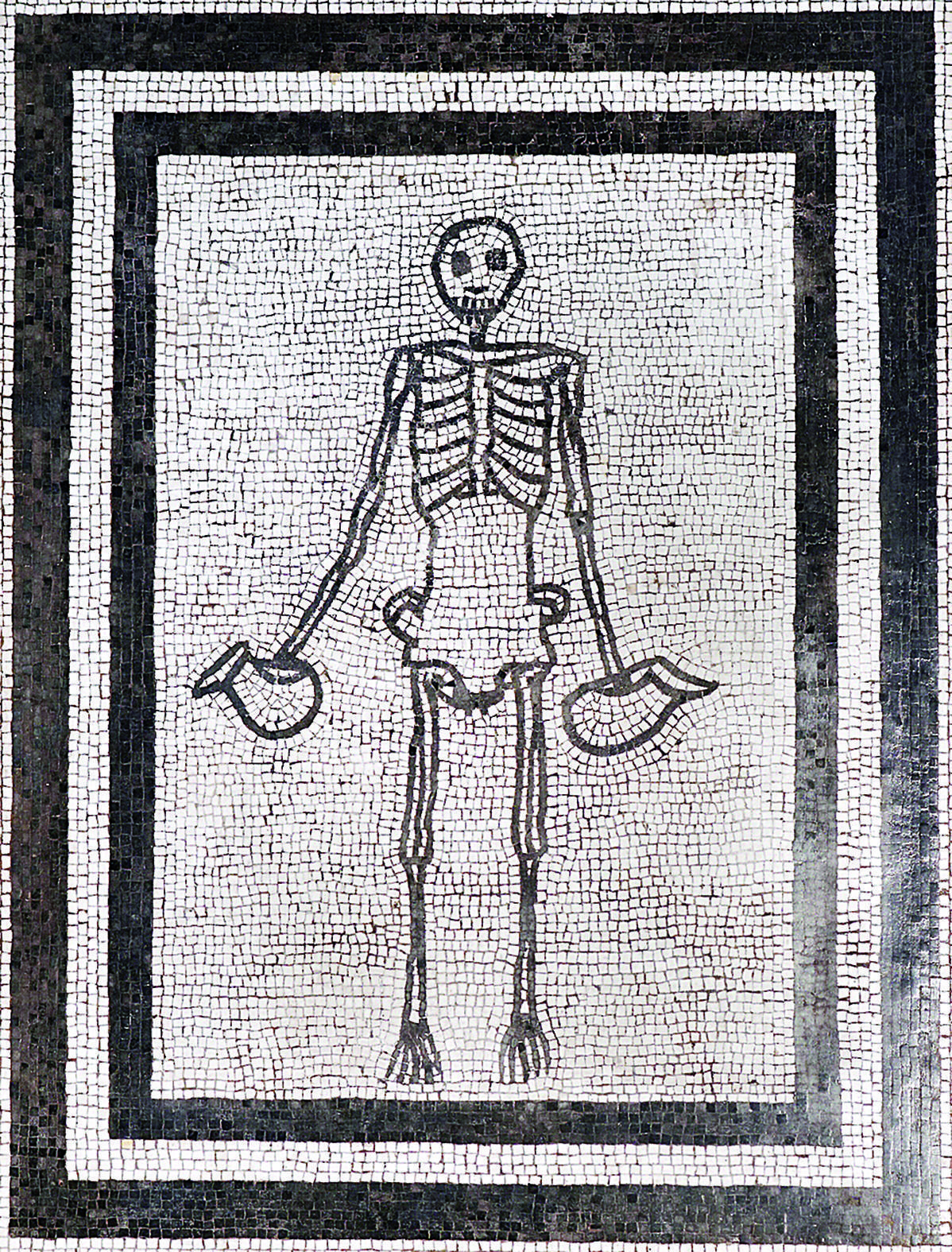
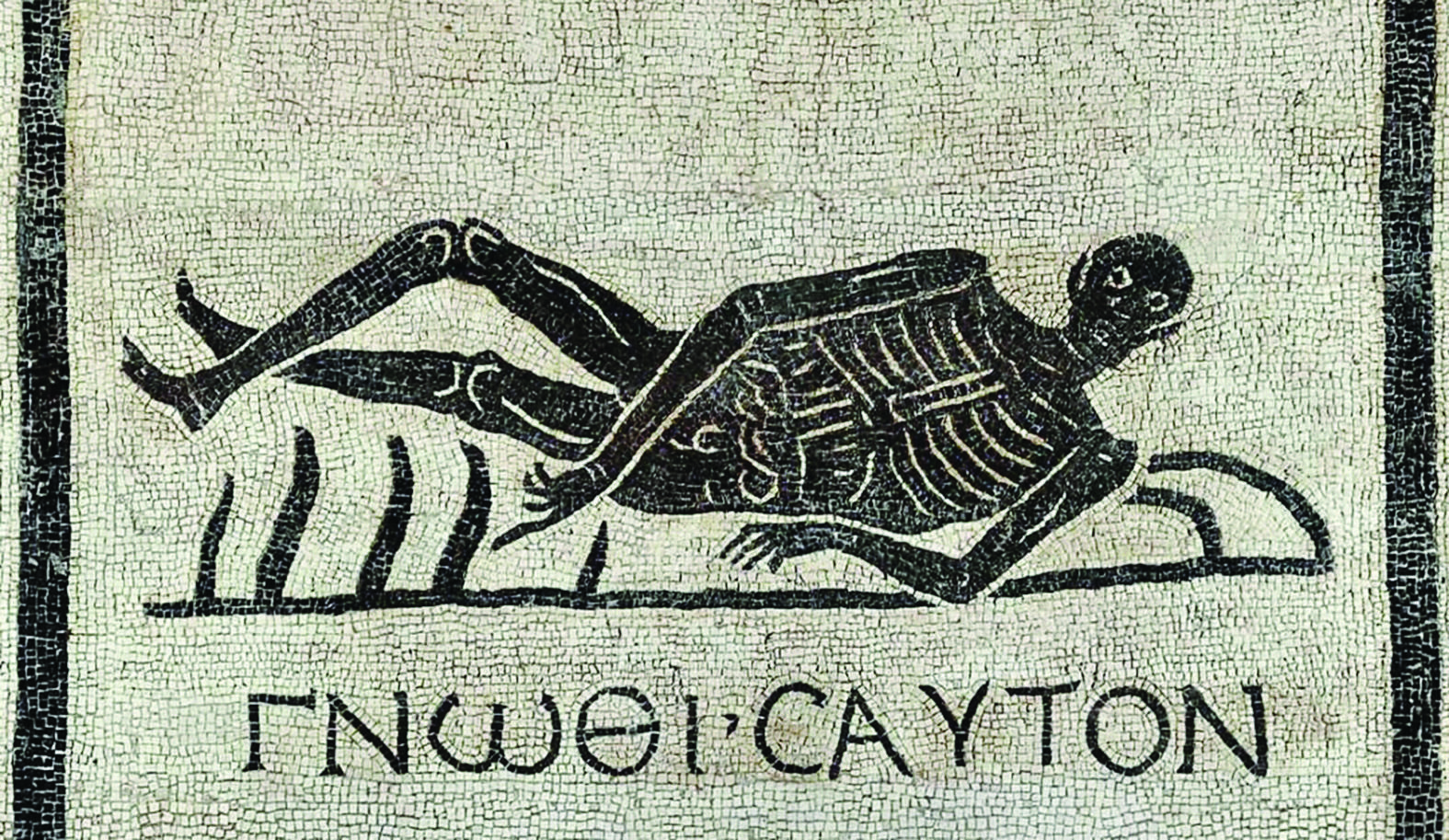
On the contrary to the comments of the excavation team, a significant interpretation comes from the city of Pompeii, which was covered with ash by the Vesuvius Volcano in 79 B.C.
Two silver glasses (picture 5) with skeleton reliefs in a magnificent wine set (picture 4), which was unearthed in the cellar of a villa in Pompeii’s Boscoreale slope, may shed light on the issue.
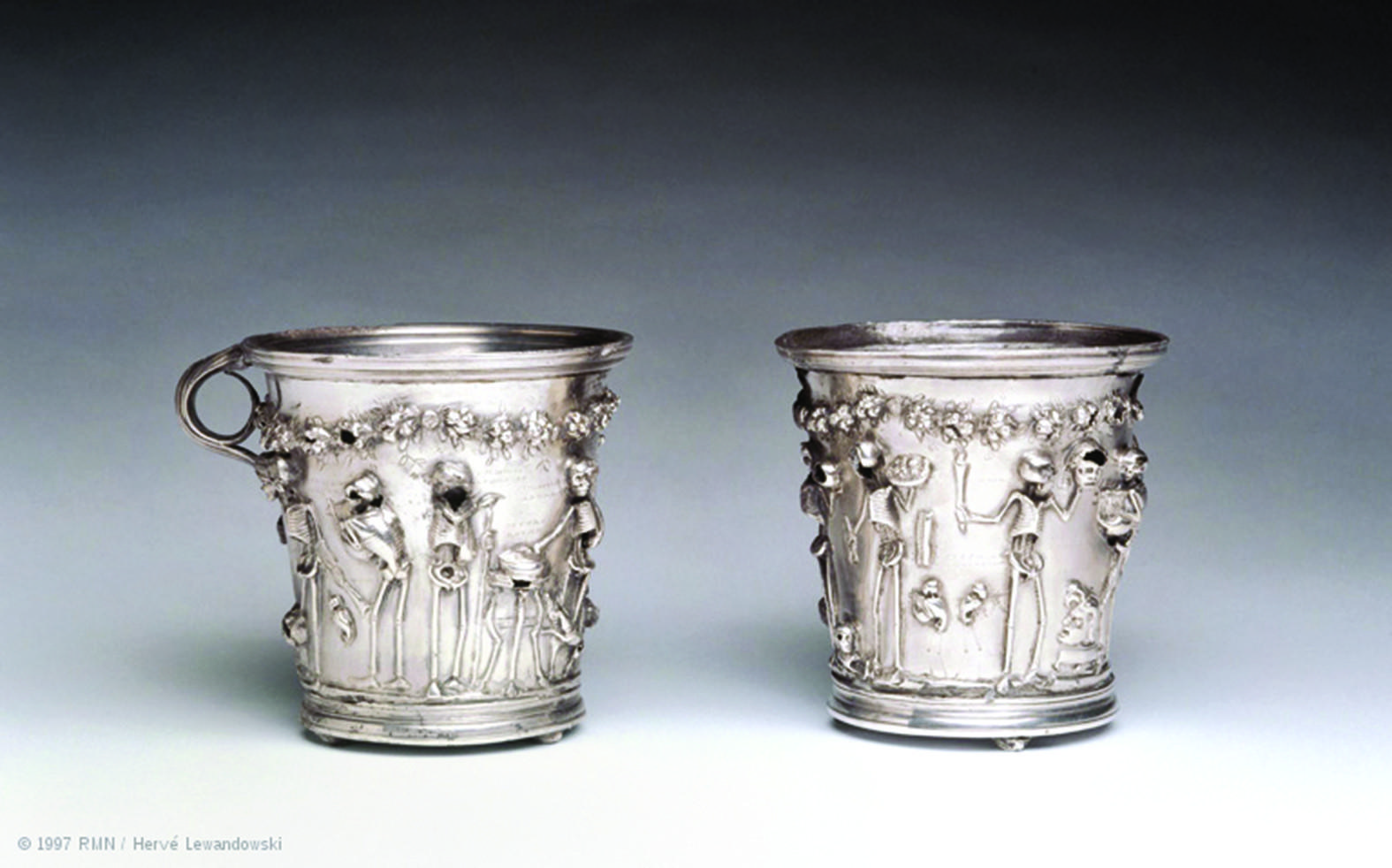
Under rose wreaths, one can see the skeletons of Greek poets, theater writers and philosophers like Menander, Euripides, Archilochus, Monimus, Phalera Demetrius, Sophocles and Moschion, who are dogfighting, and Clothos, the woman who determines the length of human life.
Also, the motto “Enjoy life as much as you can because tomorrow is uncertain” by the fourth-century philosopher Epicurus of Samos (Greek Island) supersedes all of them.
According to Epicurus, the basic judgement of philosophy is happiness and humans should run away from pain, sadness, anxiety and religious worries, pursuing instead pleasure and joy. According to Epicurus, the belief that “there is no afterlife” leads people to hedonism. “The soul is mortal like the body. There is no death as long as you live; when death comes, the human is no more.”
If the message “live your life” is not in the mosaic, it is possible to read between the lines in the philosophy of Epicurus.
As an aside, it is also necessary to note that the dead have been depicted with wine bowls in tombs and wall paintings unearthed during excavations in Anatolia (picture 6).

Some commented on the skeleton, saying it depicted an illiterate Palestinian Christian young man who pursues a slice of bread and works as an apprentice in the kitchen of a monastery in Alexandria.
Euphrosynos, who was promoted as a cook and priest in time, is mentioned in the history of Christianity as a “cheerful saint of the kitchen.” He was regarded as the “patron saint of cooks.” (Picture 7)

Although he is a cheerful saint and is related to kitchen, he lived in the ninth century A.D. and the skeleton mosaic was made in third century A.D. Therefore this comment cannot be accepted.
The most accurate comment was probably made by William Shakespeare’s Hamlet, looking at a skull (Picture 8):
“To be or not to be! That is the question…”
